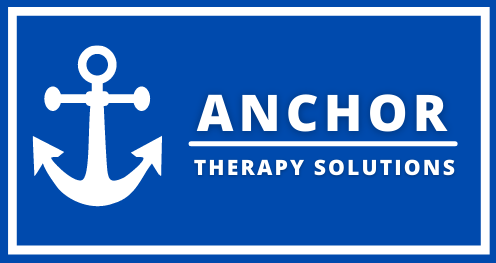Knee Replacement Rehab
Comprehensive Rehabilitation Strategies for Post-Op Knee Partial and Total Knee Replacement
Knee replacement surgery, whether partial or total, is a transformative procedure that helps individuals regain mobility, alleviate pain, and enhance their overall quality of life. However, a successful recovery relies not only on the surgical intervention but also on a well-structured rehabilitation program. Post-operative rehabilitation plays a crucial role in maximizing the outcomes of knee replacement surgeries. This article will explore the key components of rehabilitation for post-op knee partial and total knee replacement, highlighting the goals, timeline, and exercises involved.
Early Post-Operative Phase (Days 1-14): Immediately following knee replacement surgery, patients typically stay in the hospital for a few days. During this initial phase, the primary objectives of rehabilitation are pain management, wound healing, and restoring range of motion. Occupational therapy sessions will focus on gentle exercises to promote circulation, reduce swelling, and prevent blood clots. These may include ankle pumps, heel slides, and isometric quadriceps contractions. Patients are encouraged to use assistive devices like crutches or walkers, gradually progressing to a cane as they gain strength.
Intermediate Phase (Weeks 2-6): Upon returning home, patients continue their rehabilitation under the guidance of occupational therapists or in our outpatient rehabilitation setting. The focus during this phase is to improve knee strength, increase range of motion, and enhance overall function. Rehabilitation exercises may include quadriceps sets, straight leg raises, standing hip abduction, and gentle stationary cycling. Additionally, the therapist may introduce balance and coordination exercises to improve stability and prevent falls.
Advanced Phase (Weeks 6-12): As the patient's strength and mobility improve, the rehabilitation program becomes more challenging. Therapists may incorporate exercises to improve cardiovascular fitness, such as walking on a treadmill or using a stationary bike. Strengthening exercises become more intense, including leg presses, step-ups, and resistance band exercises. Functional activities like stair climbing, getting in and out of a chair, and squatting are also introduced to facilitate real-life movements.
Late Phase (Months 3-6): During this phase, patients transition from a structured rehabilitation program to a more independent exercise routine. The focus is on further improving strength, endurance, sensation, function and flexibility. This phase may include hands on manual therapy to reduce scar tissue and beyond. The therapist may recommend aquatic therapy, which provides low-impact resistance and enhances joint mobility. Patients are encouraged to continue cardiovascular exercises, strength training, and flexibility exercises such as yoga or stretching. Gradually, they resume recreational activities and sports based on their individual progress and advice from their healthcare team.
Long-Term Maintenance: Even after completing the formal rehabilitation program, maintaining a regular exercise routine is essential for long-term success. Patients should continue to engage in low-impact activities like swimming, cycling, or walking to promote cardiovascular health and overall fitness. Strength training exercises that target the lower body, especially the quadriceps and hamstrings, help maintain muscle tone and stability around the knee joint. Flexibility exercises, including stretching and yoga, aid in preserving joint mobility and preventing stiffness.
Conclusion
Rehabilitation following knee replacement surgery is a vital component of achieving optimal outcomes. By following a well-structured rehabilitation program, patients can regain strength, range of motion, and functionality in their knees. The post-operative phases discussed in this article provide a general guideline, but it is important to remember that each patient's recovery will vary. Regular communication with healthcare professionals, adherence to exercise protocols, and commitment to a healthy lifestyle will contribute to a successful rehabilitation journey, ensuring long-term benefits from knee partial or total replacement surgeries.
Contact us today to learn more or to schedule your evaluation.


